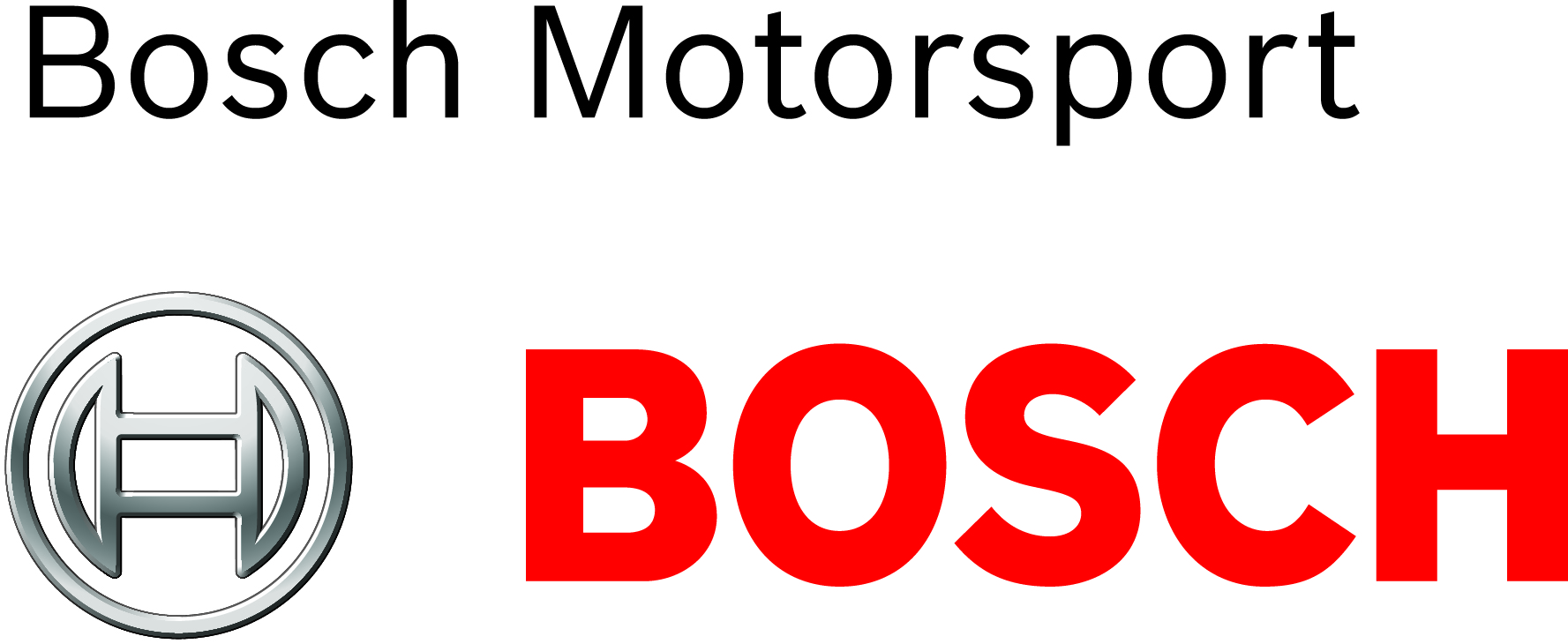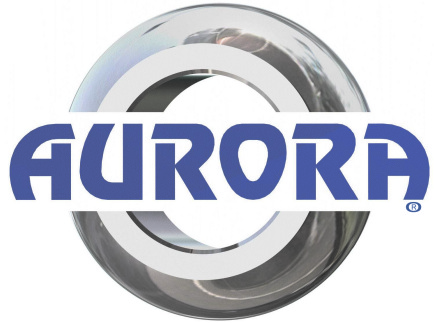Old guard faces up to new threats
There is a fine line between fuels and lubricants that increase performance and those that cause more harm than good, as Seb Scott discovers.
It requires a wealth of experience to determine the correct fuel and respective lubricants to pair with historic racing machinery, with different factors to assess and consider.
“We have over 35 years of racing experience which is constantly growing as we’re still racing,” claims Fluids In Motorsport founder Ian Jacobs. “We’ve always respected a team’s right to not disclose its usage of the products that we offer. From our point of view we keep a team’s usage a closely-guarded secret as it might not want its competitors to know what is and isn’t working for them.
“Gone are the days when the lubricant of choice was to run your car on Castrol R40 or a mineral 20/50,” says Jacobs. “Not only have things moved on, but now manufacturers are blending race oils removing impurities. They are starting with better base oils and adding more detail such as ZDDP, creating more bhp and, vitally, more protection. Yes, we still offer Castrol R40 – you can’t beat the smell of that at a race meeting – and various mineral 20/50s, however the question is where do you start? We offer over 16 different manufacturers of engine, gearbox or differential oils.
“In 2017 manufacturers are still producing some favourites, such as Valvoline’s VR1 racing 20/50. Morris Lubricants is getting more heavily involved with motorsport now and the company is launching a very high specification brake fluid, a competition 20/50 mineral and two synthetic race oils under its MLR brand. New viscosity oils are always being launched and we will be stocking as many as possible that are relevant to racing.”
It can often be the case that the ideal engine oil is from a different manufacturer to that which is suited to the gearbox and also differential. With a wide selection under one roof, Fluids In Motorsport offers savings on carriage and can also provide greases, fuel additives and other related products.
Some historic cars are still using leaded fuel, however others now utilise unleaded fuels which then need additives in order to work to their full potential. “For race purposes we have a number of types, the most popular and well known being a competition valve lubricant containing some octane booster which is also FIA-approved,” says Jacobs. “Despite an engine’s age, whether it is from the ‘50s, ‘60s or ‘70s, it is not mandatory to use a mineral oil of a 20/50 viscosity. In fact, today’s modern equivalent 50 weight multi-grade synthetics will last longer between changes, saving money in the long run. Thanks to never racing on a cold engine, running a 15/50 or 10/50 can help with the oil being thinner; at cold temperatures it will be able to get around the engine quicker and not strain the oil pump when temperatures have increased as it’s still a 50 weight. Furthermore, a lighter viscosity will give more power in a lot of instances. We took one of our cars to the rolling road and with just a lighter oil swap, it increased the power band as well as the power itself.”
Jacobs highlights one area of concern that he believes is commonly overlooked but is of paramount importance: “Whenever discussing fuels and lubricants I think it’s very important not to forget brake fluids, which these days have very high dry boiling points. It’s not even worth considering DoT 4, as brake fluids depend on the weight of the car, calliper size, type of racing and indeed the use of slick or road tyres. The best thing to do is actually ask a supplier or specialist about a recommended fluid for your application, which is something we would do to help with pre-season preparations.”
‘Cleaner’ but harmful Modern fuels can actually be incredibly harmful to a lot of historic engines, despite actually being ‘cleaner’, with or without higher octane levels. All modern car engines heading to the UK since 2001 have been designed to factor in the use of bio-components in fuel such as ethanol. The problem with using modern UK pump fuel in historic engines is that the fuel system and the engine itself haven’t been designed around using ethanol. Rubbers, plastic, aluminium, copper and bronze are commonplace in a pre-2001 fuel system, all of which react with ethanol. Metals in particular are subjected to the adverse effects of ethanol, with pitting a common symptom thanks to the ability of ethanol to break down the natural oxidation layer of the metal.
“Anglo American Oil Company has supported historic racing with its on-track pump fuel system and has developed three low lead race fuels which ensure issues caused by modern forecourt fuels are totally avoided,” explains Anders Hildebrand, managing director of Anglo American Oil. “The R4SR+ and the R5SR+ are low lead and ethanol-free. The R4SR+ is aimed at MSA-sanctioned events and the R5SR+ is for classes running to FIA fuel regulations allowing a higher octane (102 RON). Both are oxygenated with MTBE which improves the cleanliness of the combustion by releasing oxygen from the fuel during the combustion cycle. The R6SR is only designed to protect high compression engines from detonation: it is not oxygenated but has a higher level of lead (TEL) for engines without hardened valve seats.”
Anglo American has built in an increased level of fast-burning single hydrocarbons for the R4, R5 and R6 to counteract the slow-burning effects of TEL. An added bonus is that the single bonded hydrocarbons are very easy to break during the combustion phase, meaning these fuels can run at a higher combustion ratio than regular pump fuel.
Not only is Hildebrand proud of the extensive range of historic racing fuels developed by Anglo American Oils, he is passionate about the great lengths that the company is going to in order to deliver an oil of the same calibre. It has been working with Driven Racing Oil since 2004 and demand is increasing.
Hildebrand points out that incorrect lubricant application could impact on performance more so than miss-fuelling: “One thing that is for sure is that if you have a tuned US V8 with a high lift cam and you use off-the-shelf API SN oil, you will find that the camshaft will be worn out in no time at all.
“Driven oils do not meet any standards (as they restrict what can be done to the oils) and therefore can offer a much more interesting design than A to B oils. It is a general misconception that the latest API or ACEA standard means that the higher rated oils are better than those with an older spec. Nothing can be more wrong when it comes to oils for race engines. API and ACEA rated oils are designed for temperatures that are under control, part throttle mostly used and mild camshafts and valve springs.
“The Driven oils are high in ZDDP and will be able to take much more heat before the viscosity additives break down, meaning race cars can use thinner oils than normal with less internal friction and a cooler running, happier engine. ZDDP clings to the metal and it fills every little valley and gap to ensure that surfaces are smooth and strong to take the point to point loads. API SN oils have a typical level of 650 ppm of ZDDP, whereas you need at least 1,300 ZDDP in a race engine.
“Long service intervals mean that there are lots of detergents in the oils, so anti-wear additives such as ZDDP have to be kept low. The detergents are needed to keep the engine from ‘sludging’ because of high levels of soot, carbon and fuel. As most anti-wear additives are also polar molecules, they also want to stick to the internal surfaces of the engine that are already highly populated by the detergents. The result of this is that the detergents want to wash away the anti-wear additives that stick to the surfaces to protect the metal when the oil film is not 100%.”
Another important factor is the ability of the oil to dissipate heat. “Driven is using a new type of base oil called mPAO (not PAO) which has a viscosity index (VI) of close to 200,” notes Hildebrand. “A normal mineral oil has a viscosity index of 100 and good quality synthetic oils around 135-150. The higher the value means that the oil doesn’t thin out as much under increased temperatures, reducing the need for more viscosity modifiers having to be added.”













